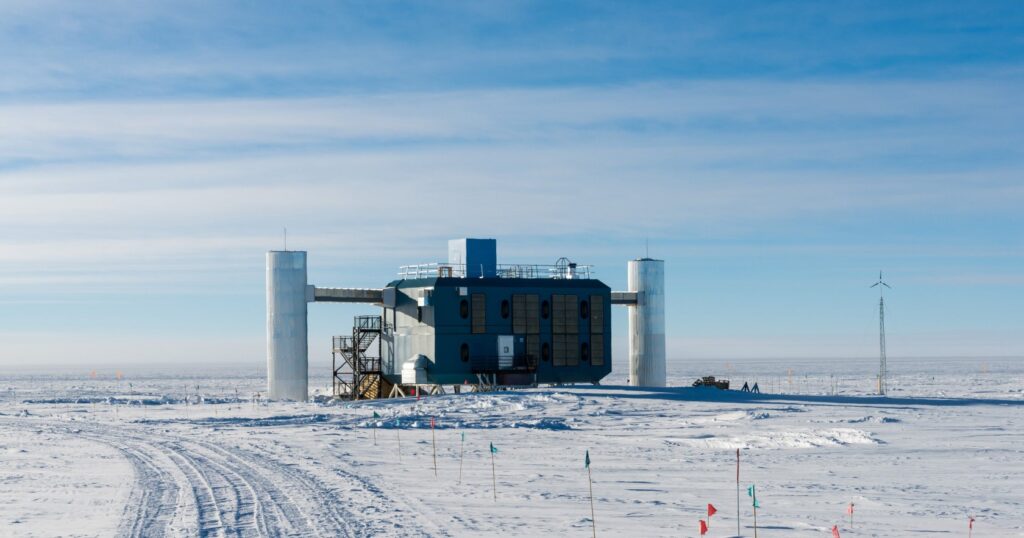
The origins of extremely high-energy particles that fill the Universe—such as protons, electrons, and neutrinos—remain one of the longest-standing mysteries in modern astrophysics. A leading hypothesis suggests that “explosive transients,” including massive stellar explosions (supernovae) and tidal disruption events (TDE) caused by stars being torn apart by black holes, could be the cosmic engines driving these energetic particles. Yet, this idea has never been rigorously tested.
A research team has conducted the first systematic search for optical counterparts to a neutrino “multiplet,” a rare event in which multiple high-energy neutrinos are detected from the same direction within a short period. The event was observed by the IceCube Neutrino Observatory, a massive detector buried deep within the Antarctic ice.
Groundbreaking Research Efforts
The team was led by Seiji Toshikage, a graduate student at Tohoku University’s Graduate School of Science, Shigeo Kimura, a professor at Tohoku University’s Frontier Research Institute for Interdisciplinary Sciences (FRIS), and Masaomi Tanaka, also from the Tohoku University’s Graduate School of Science. By analyzing wide-field optical data that coincided both spatially and temporally with the neutrino multiplet, the researchers sought visible evidence of possible astrophysical sources.
However, their investigation found no supernovae, TDEs, or other explosive transients at the corresponding times and positions. This absence of optical counterparts is, paradoxically, highly informative. The non-detection allows the team to place stronger constraints than ever before on how bright and how long such explosive events could be if they were to produce neutrino multiplets.
Implications and Insights
The findings significantly narrow the possible origins of the Universe’s most energetic particles and mark an important step toward solving one of astrophysics’ most fundamental puzzles. According to Toshikage, “Although we didn’t find any transient sources this time, our results show that even non-detections can provide powerful insights. They help us refine our models and guide future searches for the true sources of high-energy neutrinos.”
“They help us refine our models and guide future searches for the true sources of high-energy neutrinos.” — Seiji Toshikage
Looking ahead, the team plans to conduct rapid optical follow-up observations of newly detected neutrino multiplets as soon as the IceCube collaboration reports them. They expect that these efforts, building on the analysis methods developed in this study, will bring researchers closer to identifying the astrophysical engines that generate high-energy particles throughout the cosmos.
Historical Context and Future Prospects
Historically, the study of neutrinos has been fraught with challenges due to their elusive nature. Neutrinos are notoriously difficult to detect because they interact very weakly with matter. This characteristic has made them invaluable in studying cosmic phenomena that are otherwise invisible. The IceCube Neutrino Observatory, located at the South Pole, represents a significant advancement in this field, allowing scientists to detect these ghostly particles with unprecedented precision.
The study, published in The Astrophysical Journal on October 23, 2025, underscores the importance of continued research and technological advancement in astrophysics. As the quest to understand the Universe’s most energetic particles continues, the insights gained from these investigations not only refine existing models but also pave the way for future discoveries.
Meanwhile, the broader scientific community is watching closely. The implications of these findings extend beyond astrophysics, potentially impacting our understanding of fundamental physics and the Universe’s evolution. As researchers gear up for the next phase of exploration, the world waits in anticipation of what these cosmic signals will reveal next.





